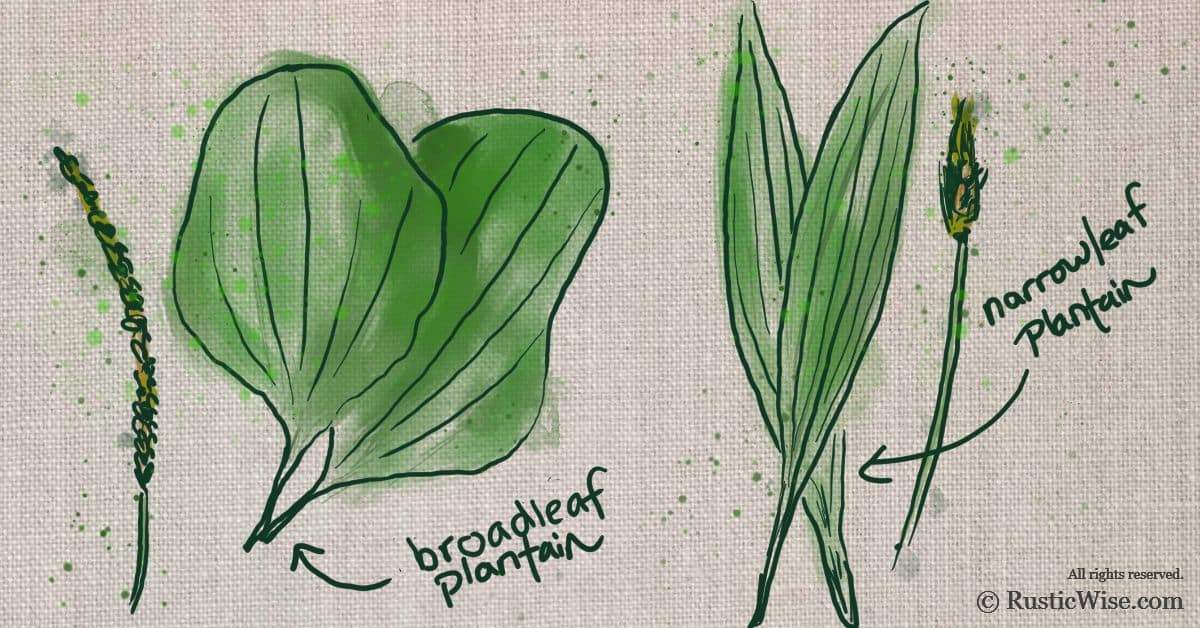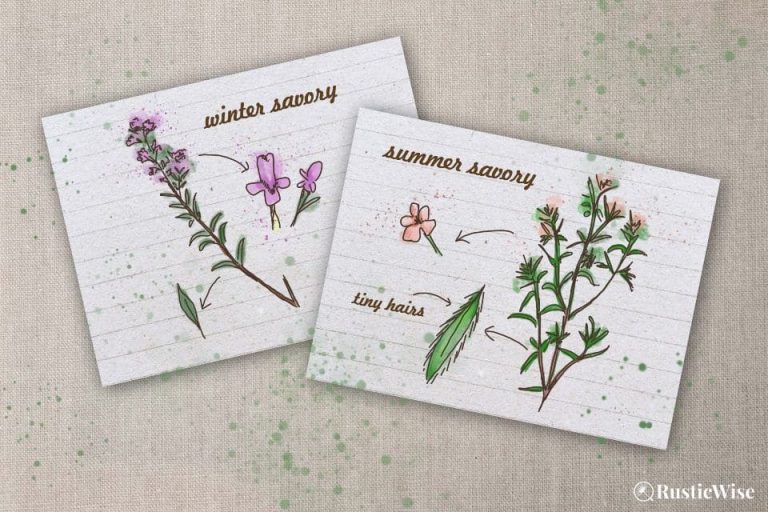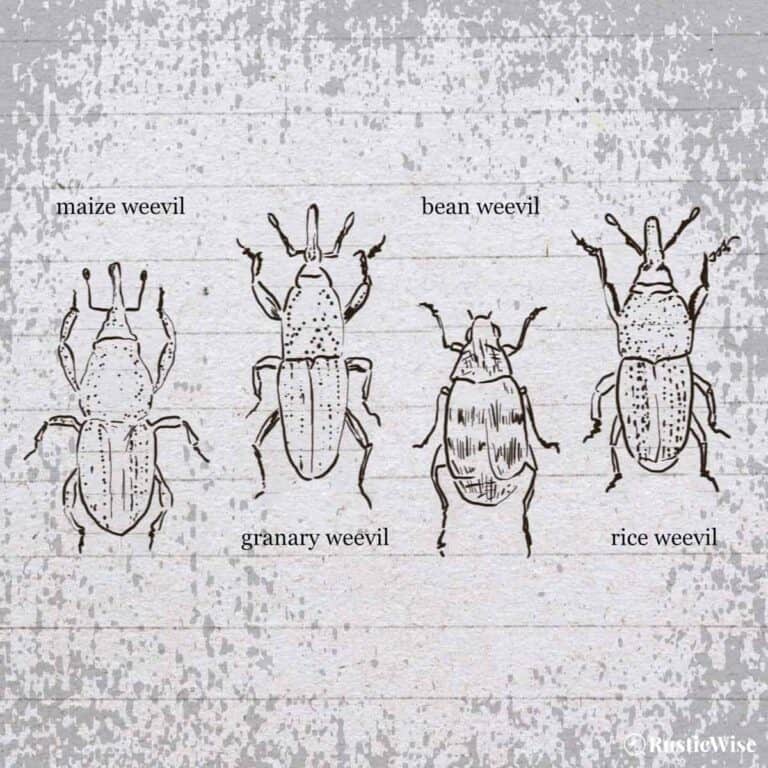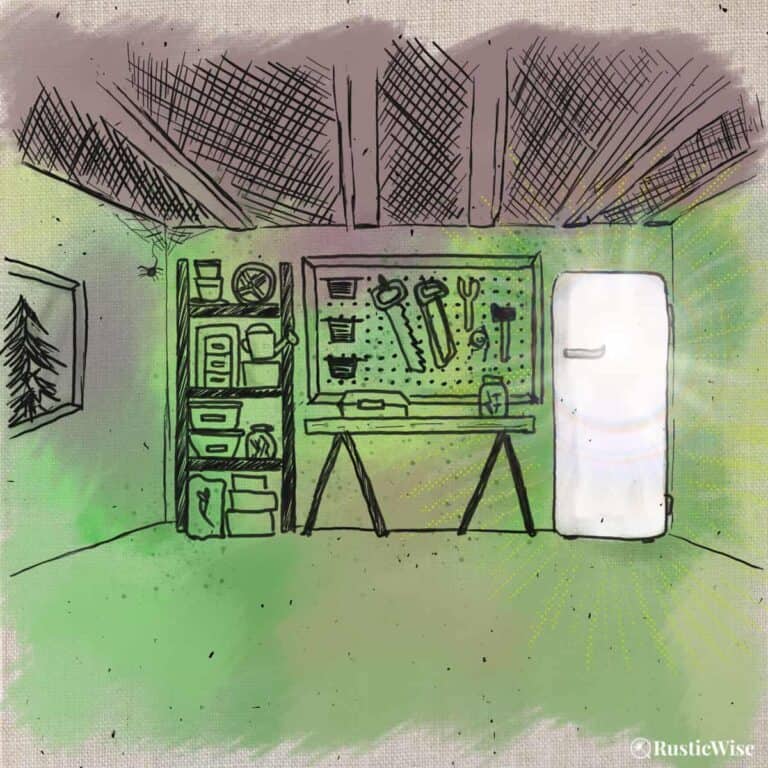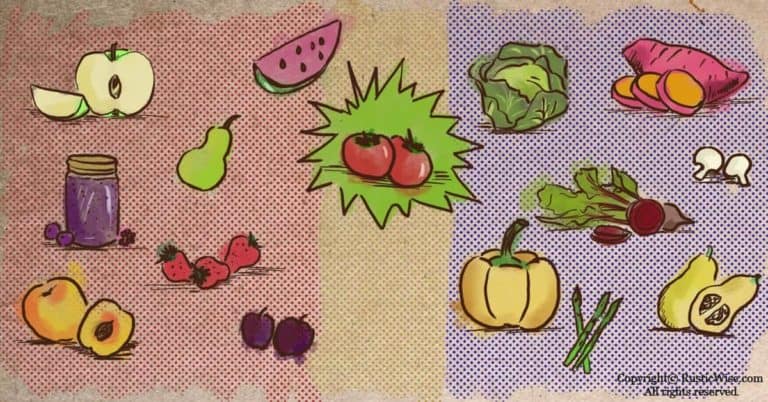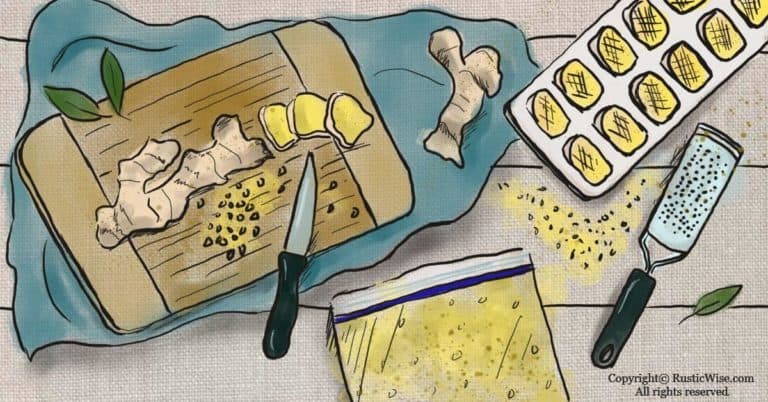What Does Plantain Look Like: How to Identify Two Species of this Practical Plant
This so-called weed is prevalent all around the world. You likely have it growing in your backyard and barely gave it a second thought. But you might begin to look at these resilient wild weeds a bit differently if you knew the nutritional punch it packs plus its natural healing properties.
Plantain plants, which share the same name as the banana-like fruit are completely different. The plantain falls under the Plantaginaceae family of which there are 34 plants readily available around the world, all of them edible. 1
So, what does plantain look like? The two most common types of plantains you might find are: broadleaf plantain (Plantago major) and narrowleaf plantain (Plantago lanceolata). Both types of plantains are herbaceous, flowering plants with leaves that grow in a rosette formation. Plantains are perennials plants with sturdy leaves that grow in the same areas year after year.
Where do plantains grow?
Pretty much everywhere that humans live you’ll find plantains.
Check out an exhaustive list of where broadleaf plantains grow. It’s often classified as an invasive weed, while other might choose to look at this plant as edible wild food.
It’s found in grasslands, riverbanks, farmland, and seems to thrive in areas of human “disturbance.” This explains why this resilient plant is found growing in areas with compacted soil such as sidewalk cracks, along bustling roads, and all around cities.
So, what does broadleaf plantain look like? Here’s a picture.
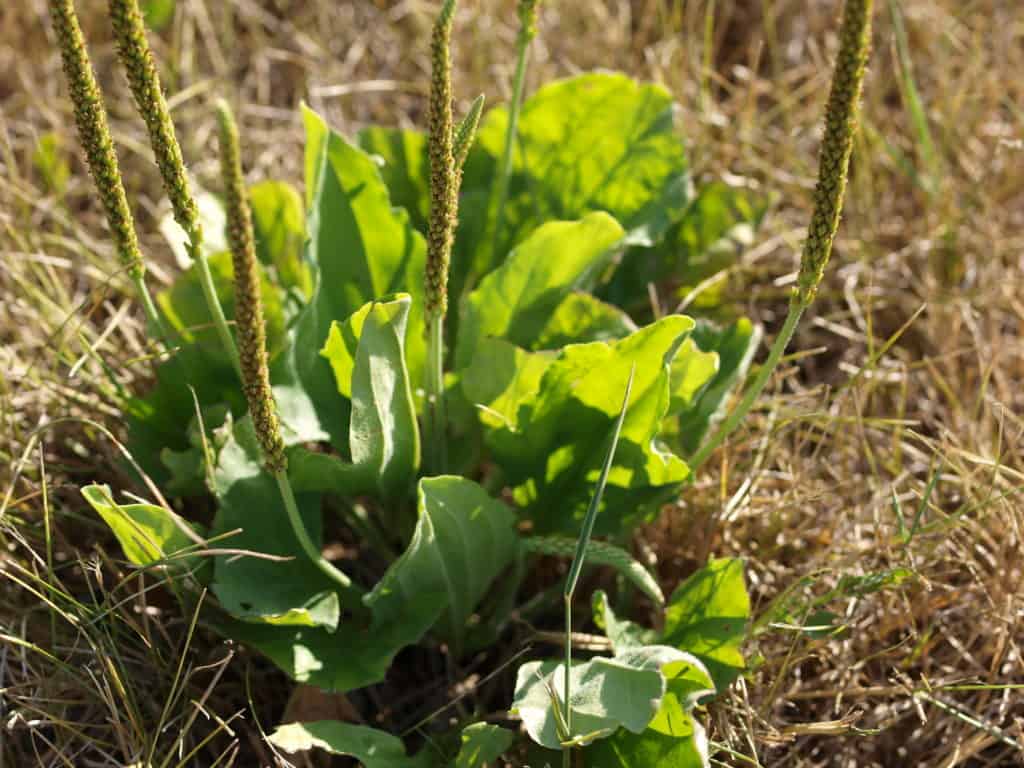
Credit: F.D. Richards / Flickr
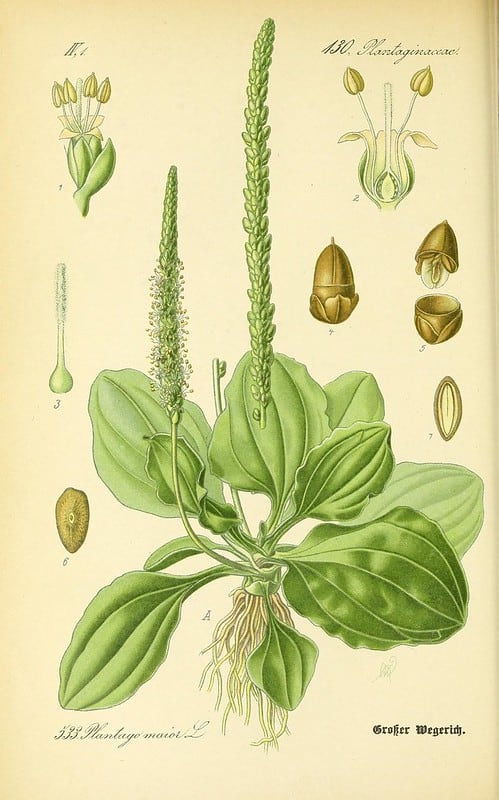
Credit: Biodiversity Heritage Library / Flickr, n331_w1150
What does broadleaf plantain (Plantago major) look like?
The most common variety is the broadleaf plantain (Plantago major), also known as greater plantain or common plantain. This is the kind kicking around in my backyard. Even after our bitterly cold winters where it can drop to -40°C (-40°F), the broadleaf plantain pops up again every spring.
The broadleaf plantain is characterized by its rosette shape, with broad and thick spade-shaped leaves. You can see each leaf has between five and nine long veins.
When they flower, they produce small clustered greenish-brownish flowers along a purple stamen. Broadleaf plantains grow to 15–30 cm (6–12 inches) in diameter. Flower stalks are taller and can grow as tall as 25 cm (9.84 inches).
These low-growing plants are well adapted to human life and can easily withstand trampling and lawn mowers. By lying low to the ground, it protects itself from further damage.
One defining characteristic of broadleaf plantains is its fibrous nature. Try gently pulling a plantain leaf from its stem. You’ll see sinewy strings still attached. Because of this, plantain fibers were used to make twine and woven to create other practical household items.
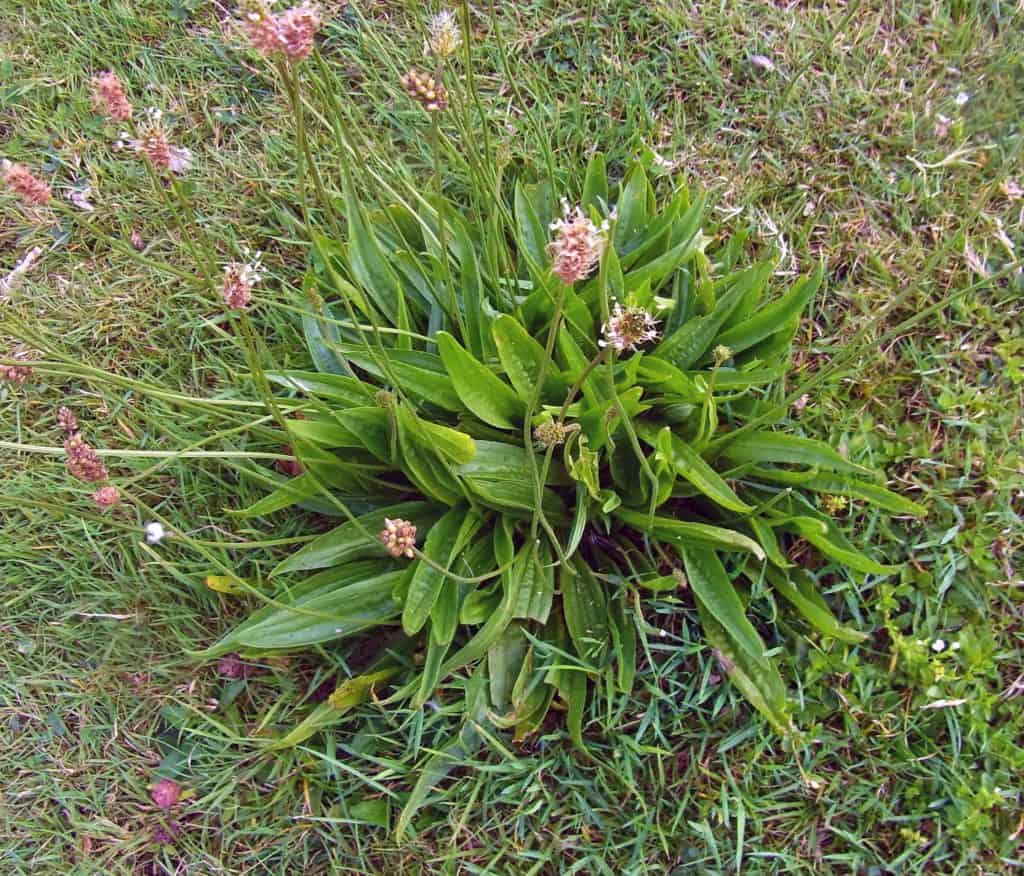
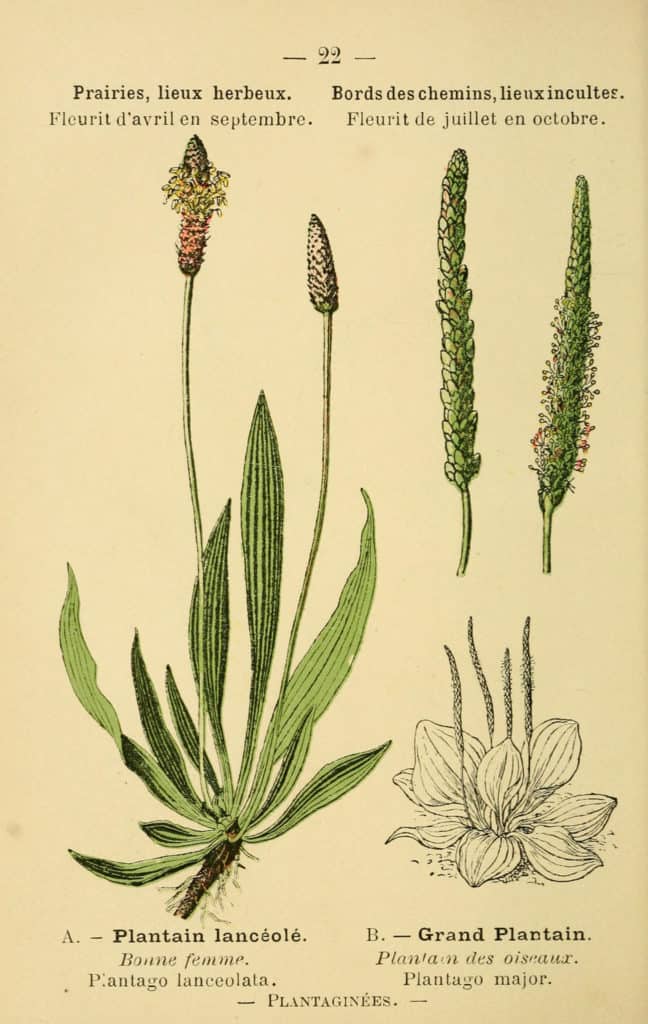
Credit: Biodiversity Heritage Library / Flickr, n55_w1150
What does narrowleaf plantain (Plantago lanceolata) look like?
Another common variety of plantain is the narrowleaf plantain (Plantago lanceolata), also known as English plantain, or ribwort plantain.
As the name implies, narrowleaf plantain leaves are narrower and longer than its broad-leafed cousin. At first glance, they look like long thick blades of grass. The narrowleaf plantain has deep veins running lengthwise. When you look closer, you’ll see smaller veins running in all different directions.
It also has tall stalks with clustered, small green/brown flowers. Flower stems generally grow between 10–40 cm (3.9–15.7 inches).
An abundance of seeds
One of the reasons why plantains are so plentiful is that they produce a lot of seeds. Each plant can produce up to 14,000 seeds each year! The seeds may remain viable for up to 60 years. Seeds are dispersed by the wind, animals, and humans.
The seeds of plantains are also edible. To eat the seeds fresh from the plant, place a stalk between your teeth and gently scrape out the seeds.
Plantain seeds can also be ground up or dried for use in recipes for breads and salads. They have a slightly nutty, full-bodied flavor which lends itself nicely to certain recipes.
Don’t confuse plantains with this poisonous plant
When young and without flowers, broadleaf plantains are sometimes confused with plants of the Lily family which are not edible. Once flowers appear, it’s easier to distinguish the two.
If you’re having trouble identifying a plant, ask a local specialist.
Common natural home remedies and uses of plantain
- One of the easiest and most common uses of plantain leaves is as a soothing agent for insect bites, bee stings and minor cuts. Make a saliva-based poultice by chewing up leaves in your mouth and applying to the wounded area. Cover with a bandage.
- Have a cough or cold? Brew plantain leaf tea. Sweeten with a dollop of honey. Plantain acts as an expectorant, helping to clear mucus from the body when you’re sick.
- If you need help with bowel movements, plantain seeds act as a laxative.
- Get a boost of vitamins A, C, E along with magnesium and calcium. Incorporate fresh plantain leaves into salads, or make a green smoothie. Plantain leaves can also be pan-fried and used in stir fry recipes.
Foraging tips
If you’re planning on foraging some wild plantain, here are a few tips:
- Make sure plantains are growing in an area free of herbicides and pesticides. The best place to start foraging is in your own backyard assuming it’s chemical-free. Avoid plantains that look shrivelled, or discolored—a sure sign they’ve been chemically-treated. A good general rule is to stay several meters away from roadsides and commercial properties.
- Harvest plantain leaves by simply pulling gently to remove from the plant. The leaves come off easily while the root remains in the earth for re-growth. While plantains are resilient and grow readily, it’s always a good idea to leave some for next time, or for others.
- You might need to bring a pair of scissors (just in case), to separate the leaves from the plant. Young plants in particular have fibrous, thick stems that can be difficult to pluck.
- Rinse plantain leaves in a colander and pat dry. You can refrigerate fresh leaves for several days, but it’s best to use while fresh. To preserve leaves, try drying them.
Conclusion
While it’s annoying to have plantains popping up all over your yard, they’re a bountiful source of nutrients with powerful medicinal properties. Instead of fighting nature by spraying herbicides on them, try harvesting these natural wonders. You might find yourself a bit healthier and happier.
👉 If you like this post, see our Timeless Guide To Foraging for Wild Food. 🌿
Would you like more timeless tips via email?
Fun tips to help you live an independent, self-sustaining lifestyle. Opt-out at any time.


References:
- Blair, Katrina (2014). The Wild Wisdom of Weeds: 13 Essential Plants for Human Survival. Chelsea Green Publishing. ISBN 978-1-60358-516-3.
- CABI: Invasive Species Compendium, Plantago major (broad-leaved plantain), accessed March 2020. https://www.cabi.org/isc/datasheet/41814
- Ohio State University, Ohio Perennial and Biennial Weed Guide, accessed March 2020. Seeds: https://www.oardc.ohio-state.edu/weedguide/single_weed.php?id=110
- Canadian Wildlife Federation, Broadleaf Plantain (Plantago major). https://cwf-fcf.org/en/explore/gardening-for-wildlife/plants/edibles/edible-wild-and-not-so-wild-plants/plantain.html. Accessed March 2020.

Author: Josh Tesolin
Josh is co-founder of RusticWise. When he’s not tinkering in the garden, or fixing something around the house, you can find him working on a vast array of random side projects.

